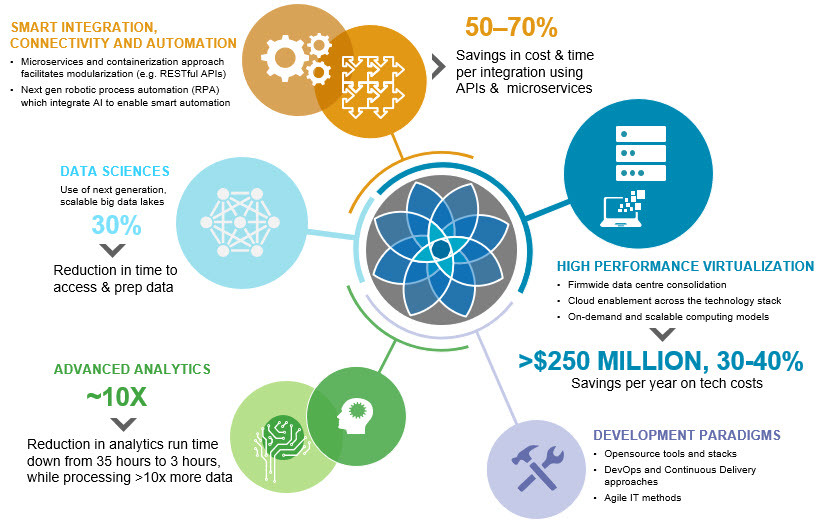NextGen Risk Technology 2019: Getting To Impact
“Must-have” technology-enabled imperatives that risk management and compliance should embrace to embed and sustain changes.
Key research questions
- What are the imperatives for firms in a digitizing, post-financial reform era?
- What actions and technology levers must risk functions be adopting today?
- What real-life successes and benefits can firms expect to see?
Abstract
Celent recommends forward-looking tactical actions for next-generation technologies and operations that risk and control functions must adopt to retain parity and remain competitive.

Coming into a new decade, we are entering a period where things are not “business as usual.” Many in the industry are expecting significant technology disruptions. The rapid pace of change associated with emerging technologies and digitally oriented competitors has many C-suite executives questioning what will happen to their business models. This will require firms to enhance their risk management capabilities to remain fit for purpose in a digital world, and for regulatory operations to attain a lean, predictable, and defect-free state.
We already see early adopters, such as Bank of America, CIBC, Goldman Sachs, HSBC, and SunTrust, reaping tangible benefits of digitization and next-generation technologies. Celent's specific case studies and conversations with financial institutions point to significant hundreds of millions technology cost savings per year; 50–70% efficiencies in terms of integration costs and time, and up to 30% reduction in data preparation efforts.
Done appropriately, we believe that further “keep the lights on” cost reductions and technology efficiency improvements in the evolution to next-generation technologies can result in a virtuous cycle that could enable firms to reinvest for further innovation and change.
We highlight technology-enabled imperatives that risk management and compliance functions must embrace in the near term in order to drive in, embed, and sustain changes.

